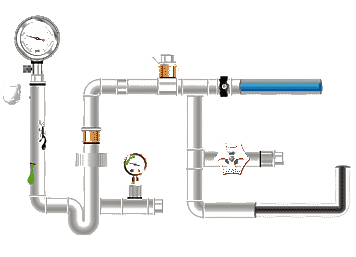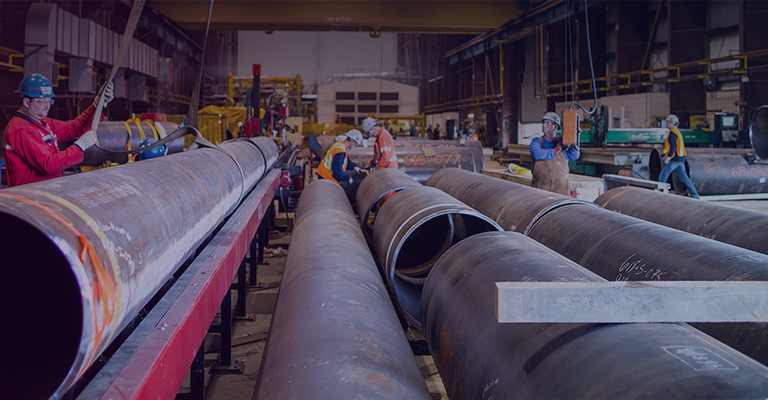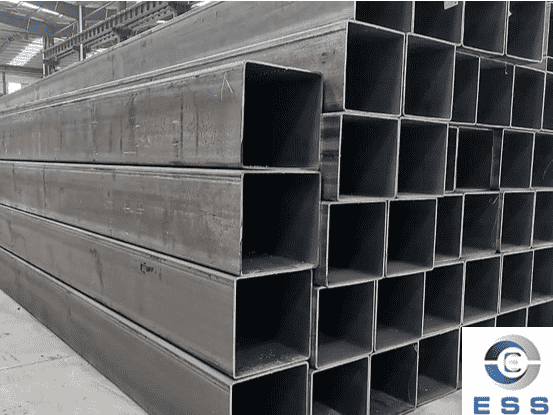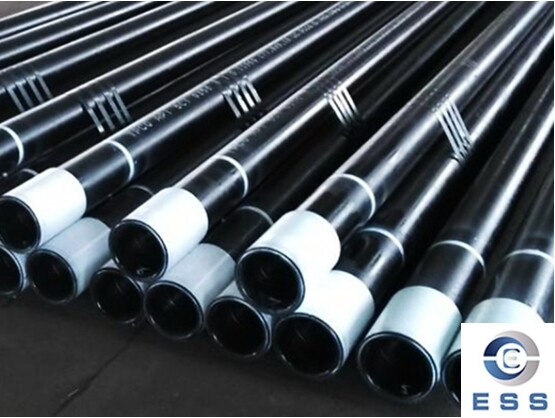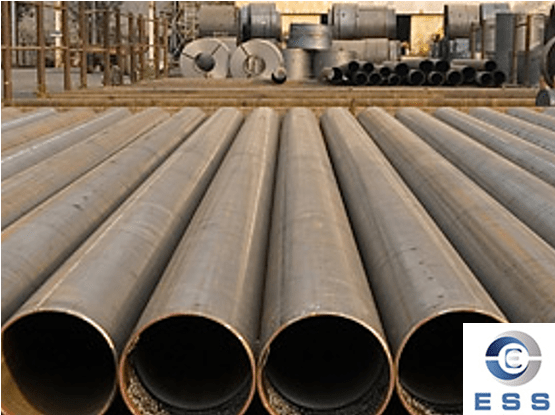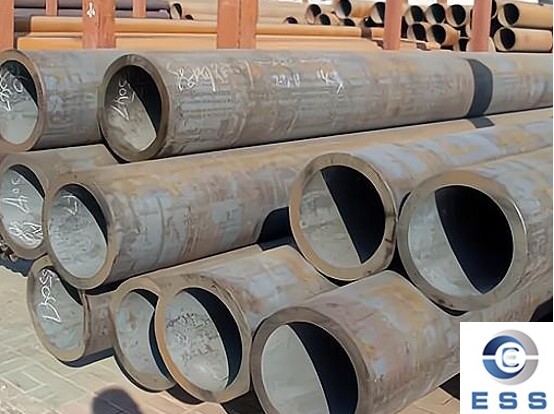
Mild
steel tube can be bent, but certain process specifications and precautions
need to be followed. Carbon
steel pipe has a good plasticity and can be bent by certain process means.
During the bending process, the mild steel tube is subjected to external
forces, causing its internal crystal structure to rearrange, thereby achieving
bending deformation.
Factors affecting bending ability
1. Bending radius
The smaller the bending radius, the greater
the required bending force, and the bending performance of the mild steel tube
will also be subject to certain restrictions. Therefore, when selecting the
bending radius, factors such as pipeline layout, installation space, and
bending performance of the mild steel tube need to be considered
comprehensively.
2. Material and wall thickness
Mild steel tubes of different materials and
wall thicknesses have different bending properties. Generally speaking,
high-quality mild steel tubes have better bending properties and can withstand
greater bending forces. At the same time, thinner pipe walls are easier to
bend, but attention should be paid to safety issues during the bending process.
3. Heating method
In order to reduce the bending force and
prevent cracks or breaks in the mild steel tube during the bending process, the
pipe is usually heated. The choice of heating method has an important influence
on the bending performance, and it needs to be reasonably selected according to
the material, wall thickness and bending radius of the mild steel tube.
Precautions for use after bending
1. Sufficient cooling
The mild steel tube should be fully cooled
after bending to prevent deformation or cracking caused by residual stress.
2. Firm connection
During the installation process, it is
necessary to ensure that the connection between the bending section and other
pipeline components is firm and reliable to avoid problems such as leakage or
loosening.
3. Regular inspection
For the bending section of the mild steel
tube used for a long time, it is necessary to regularly check the condition of
the bending part. If there are abnormal conditions such as deformation and
cracks, they should be handled in time.
By understanding the bending principle of
mild steel tube, the factors affecting the bending performance, and the
precautions for use after bending, this high-quality pipe can be better
utilized to meet various pipeline layout and installation requirements.
Summary
In summary, mild steel tubes can indeed be
bent, but certain process specifications and precautions must be followed in
actual operation to ensure bending quality and safety. By understanding the
bending principles of mild steel pipes, factors that affect bending
performance, and precautions for use after bending, we can better utilize this
high-quality pipe to meet the pipeline layout and installation needs in various
industrial and construction fields.









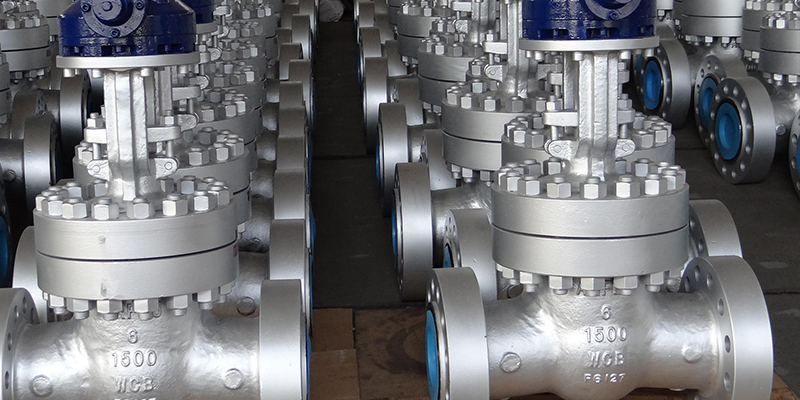
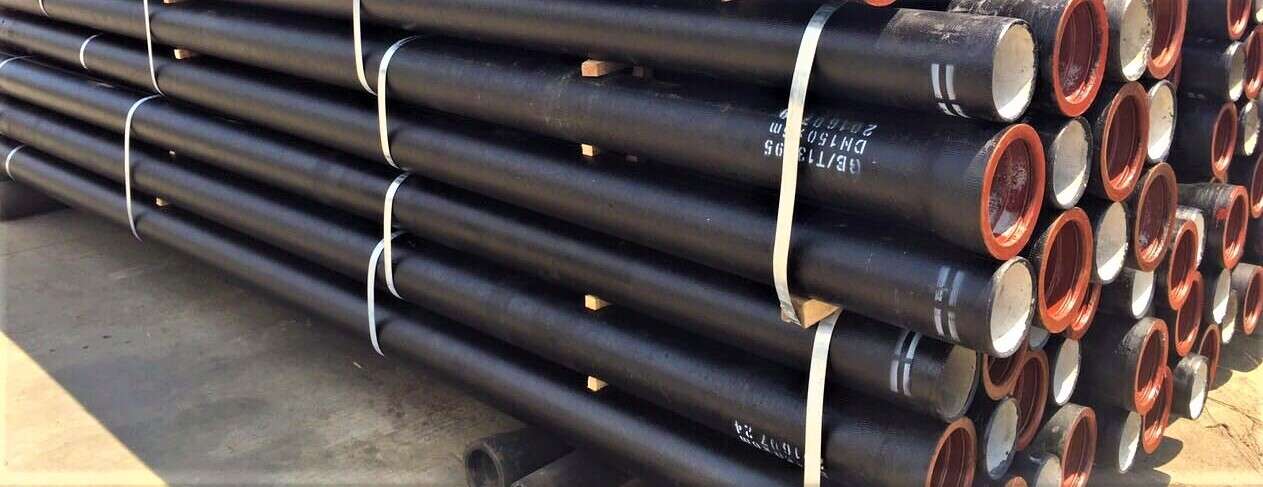


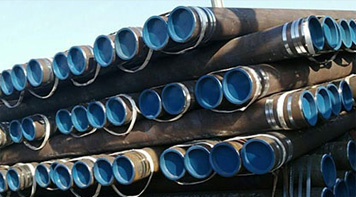 Eastern Steel Manufacturing Co.,Ltd not only improve product production and sales services, but also provide additional value-added services. As long as you need, we can complete your specific needs together.
Eastern Steel Manufacturing Co.,Ltd not only improve product production and sales services, but also provide additional value-added services. As long as you need, we can complete your specific needs together.
